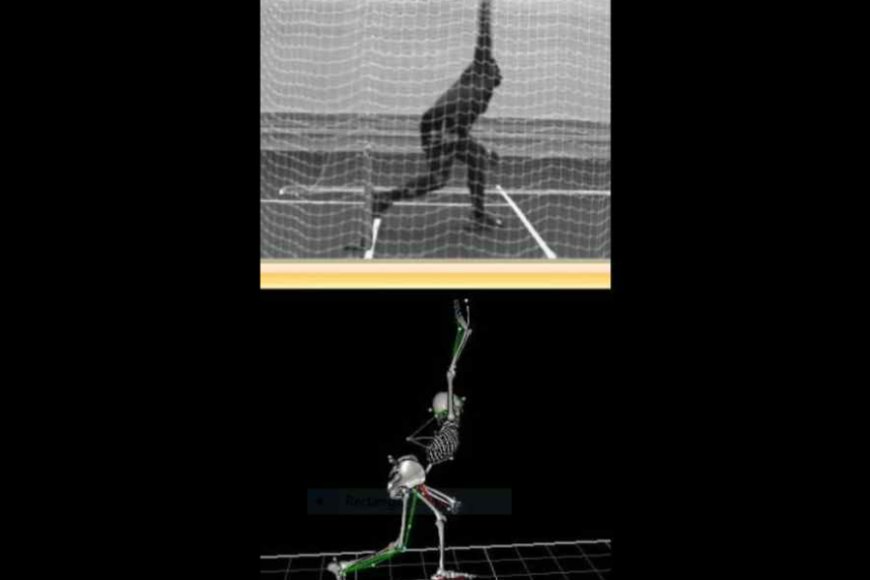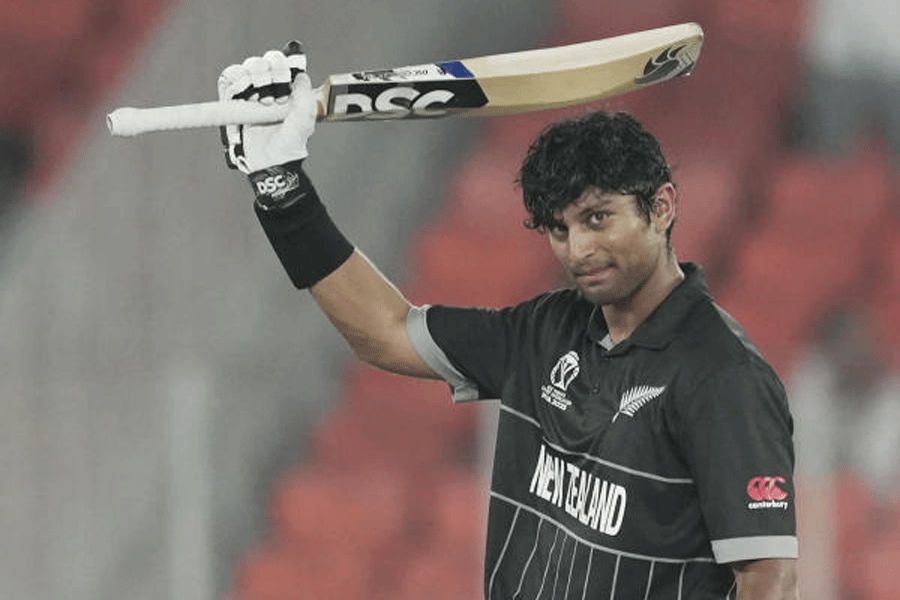Tamil Nadu's Innovative Approach to Fast Bowlers' Training Reduces Injury Risk and Enhances Performance
Biomechanics-led Protocol and Strengthening Regimen Revolutionize Cricket Fast Bowling Dynamics

Sivaraman Arumugam, an orthopaedic surgeon, is willing to wager that Tamil Nadu-trained cricket fast bowlers will soon have an advantage over their counterparts in other parts of India unless other states also follow his center's "protocol."
The Tamil Nadu Cricket Association is going to provide promising fast bowlers with a biomechanics-based strength and conditioning programme aimed at reducing their risk of injury, improving their game, and extending their careers.
Arumugam and associates at the Sri Ramachandra Centre for Sports Science in Chennai studied the biomechanics of fast-bowling and came up with the protocol, which consists of a specially designed set of exercises to strengthen the lower back.
The act of repeatedly bowling over months or years, known as bowling overload, raises the possibility of injury. However, previous research has indicated that fast bowling mechanics have a significant impact on both performance and risk level.
In their biomechanics lab, Arumugam and his colleagues measured the sideward bending angles, knee rotation angles, and peak vertical ground reaction force of state-level fast bowlers from Tamil Nadu and Kerala. These measurements were taken to determine the three risk factors for lumbar spine injuries.
Bowlers are more likely to sustain a lumbar spine injury if their sideways bending, knee angles, and peak ground reaction force are greater than threshold values. Researchers in Chennai discovered that 46% of bowlers exceeded the maximum vertical ground reaction force limits and 1 in 4 bowlers exceeded angle thresholds.
According to the results, almost half of the fast bowlers had a chance of suffering a lumbar spine injury.
In order to reduce the risk, the researchers created a strength and conditioning protocol in collaboration with specialists in Australia and South Africa. This exercise program included plyometrics, squats, lunges, planks, broad jumps, hamstring curls, and back extensions, among other exercises.
Twenty-one fast bowlers who kept up their regular training and practice regimen and another twenty-one fast bowlers who were asked to follow the protocol for a period of twelve weeks had their ball-hurling behavior observed. The sideward and knee movements, as well as the lower peak ground force, were significantly improved in those who followed the protocol, reducing the risk of injury.
Arumugam stated, "As an added bonus, the ball's speed increased after the training—the bowlers threw the ball faster under movements that lowered their risk of injury." The goal of the Tamil Nadu Cricket Association's fast bowler training program is to include this protocol.
The Board of Cricket Control of India has received a proposal from the Sri Ramachandra Centre for Sports Science to investigate implementing the protocol in additional states. The danger of lumbar spine injuries and their effects for fast bowlers have been highlighted by numerous studies conducted in India and other nations.
The Chennai study, according to Mandeep Dhillon, an orthopaedic surgeon at the Postgraduate Institute of Medical Education and Research in Chandigarh, is an example of how biomechanics can shed light on the forces produced during fast bowling.
In a commentary on the science and medicine of cricket published earlier this year in the Indian Journal of Orthopaedics, Dhillon wrote that this information, in turn, can help experts design specific actions to generate more bowling pace while minimising injury risk.
For example, a study conducted among elite male academy cricket players in England and Wales revealed that the most common site of injury was the lumbar spine, accounting for 15.3 injuries per 100 players annually. Other common sites of injury included the hand (12.1), ankle (11.1), shoulder (8.1), and knee (8.1).
According to a study conducted last week and published in the UK by Amy Williams and her colleagues at the University of Bath, lumbar spine injuries most frequently happened while bowling. Stress fractures accounted for a significant portion of these injuries, with full healing usually taking four to six months.
Except for the headline, this story has not been edited by Press Time staff and has been published from a syndicated feed.





















































